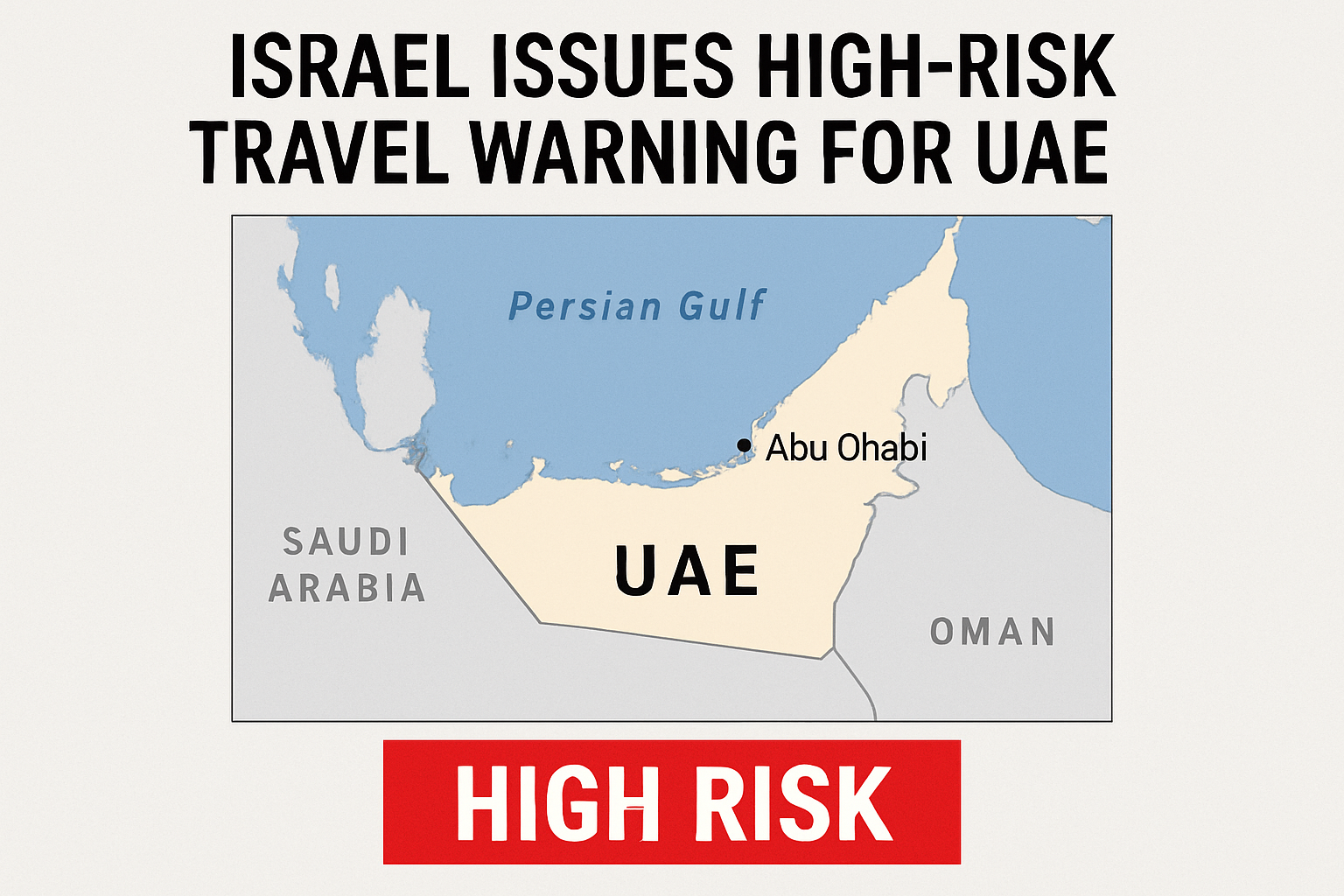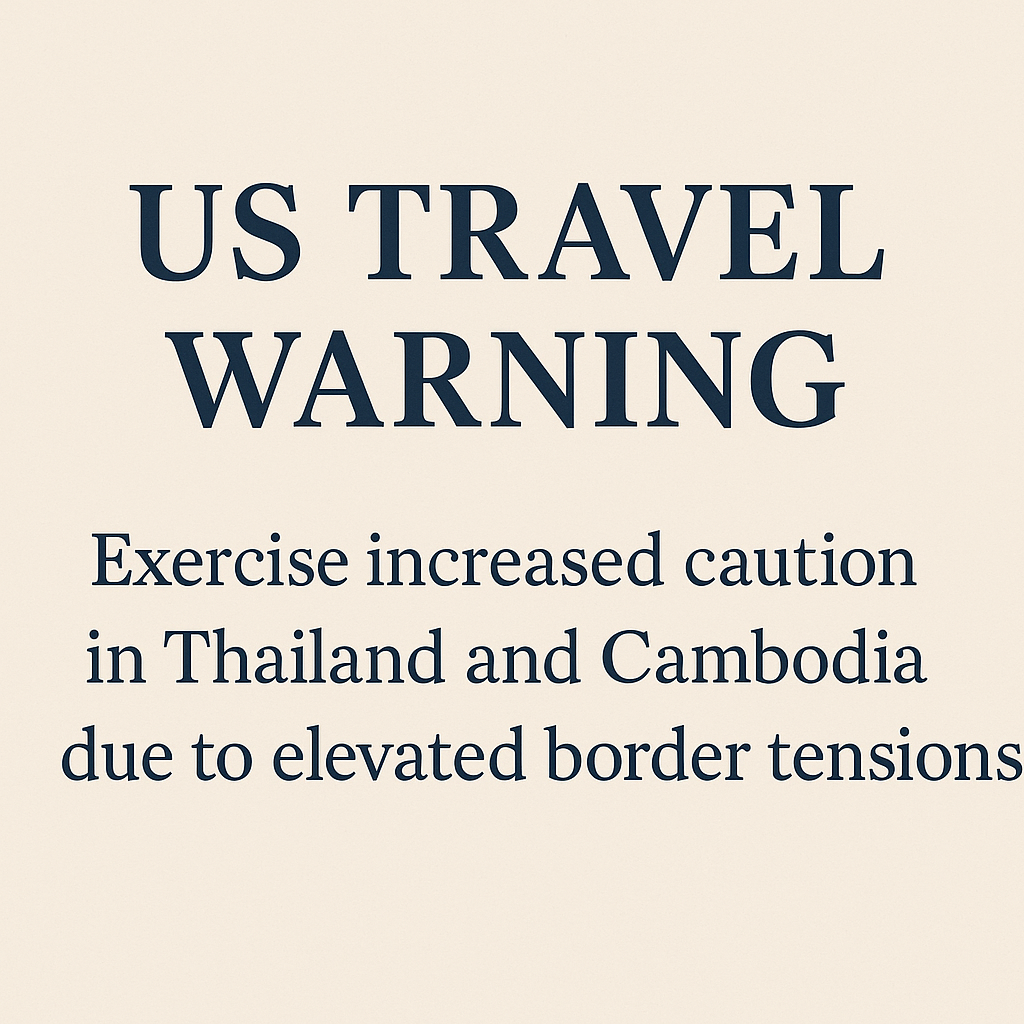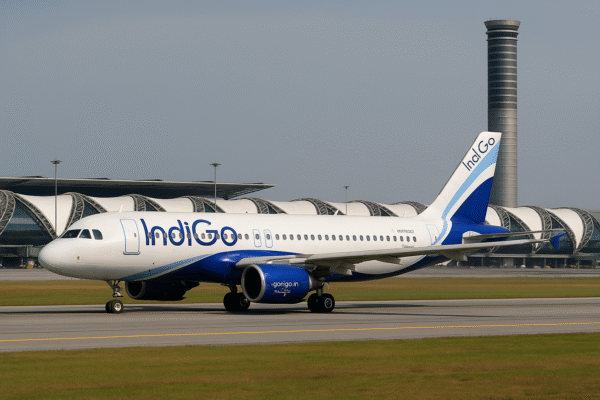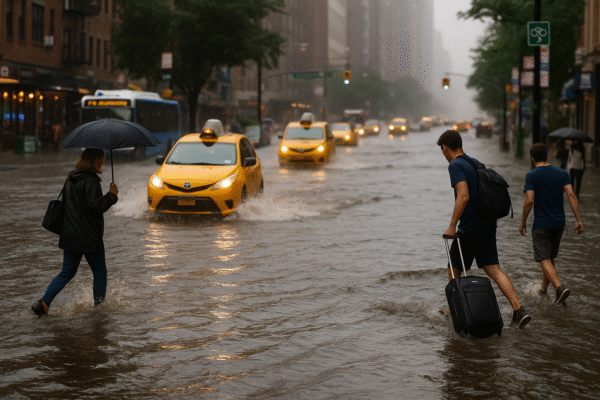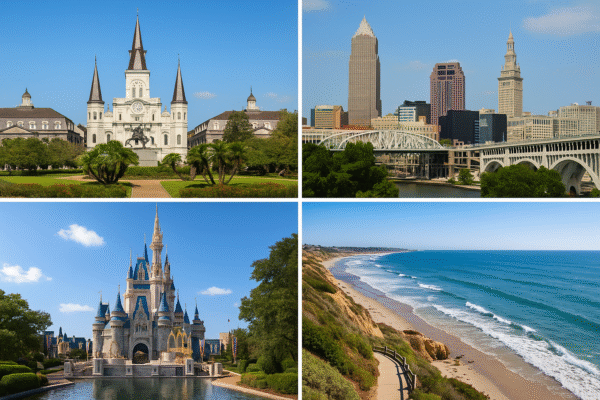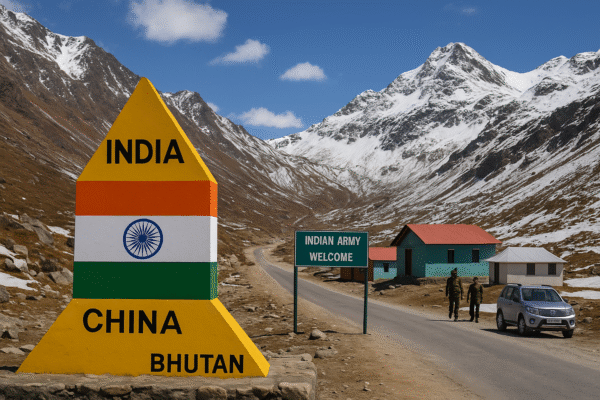On Thursday, the United States experienced one of its most severe weather-driven travel collapses in recent memory as torrential flash floods inundated the Northeast, crippling transportation networks across major cities like New York City, Philadelphia, and Newark. The deluge overwhelmed urban drainage systems, flooded streets and subways, suspended train services, and grounded more than 1,100 flights, creating widespread disruption for travelers and prompting emergency declarations in multiple states.
Torrential Rain Submerges Urban Transit Systems
According to the National Weather Service (NWS), some areas in the Northeast recorded rainfall rates of up to 3 inches per hour, with total accumulations exceeding 7 inches in parts of Brooklyn, Queens, and northern New Jersey. Streets turned into rivers as water surged through residential areas, flowing into basements and subway stations across the New York City metropolitan area.
Images and videos circulating on social media showed pedestrians wading through waist-deep water while vehicles floated or stalled in underpasses. In Jamaica, Queens, commuters were forced to abandon subway cars mid-transit, while MTA officials reported widespread suspensions and delays on key lines.
Flight Operations Severely Affected
Airports across the East Coast bore the brunt of the weather chaos. By Thursday evening, FlightAware reported over 1,170 flight cancellations, with LaGuardia Airport, JFK International, Newark Liberty, and Philadelphia International Airport among the most severely affected.
Airlines including Delta, American, JetBlue, and United issued travel advisories and offered fee waivers for rebooking. Stranded passengers faced multi-hour waits with limited rebooking options as terminal congestion grew. Some flights were diverted to Washington Dulles and Boston Logan, but delays compounded as airline crews struggled with repositioning and weather-related staffing gaps.
Airports in the Washington, D.C. region also experienced knock-on effects as storm bands extended southward into the Mid-Atlantic, further straining national aviation infrastructure.
Rail and Roadway Disruptions Compound Chaos
Train networks across the region also suffered significant service outages. Amtrak suspended service between Philadelphia and Wilmington, Delaware, after heavy flooding rendered tracks unsafe. In New York, the Long Island Rail Road experienced major service halts, including a stranded train near Bayside Station, where passengers had to evacuate with ladders through knee-high water.
Road closures swept across affected areas, with flash floods making key arteries like the Long Island Expressway, Clearview Expressway, and portions of Interstate 95 impassable. New Jersey Transit and Maryland transportation departments activated high-water rescue operations, deploying boats and high-clearance vehicles to rescue stranded motorists in submerged areas from Montgomery County, MD to Union County, NJ.
States of Emergency Declared in NY and NJ
In response to the rapidly worsening conditions, both New York Governor Kathy Hochul and New Jersey Governor Phil Murphy declared states of emergency, activating National Guard support and emergency management teams. City officials urged residents to stay indoors, particularly in basement apartments, where the risk of drowning was especially high.
Local authorities labeled the situation “life-threatening,” warning citizens not to drive through flooded roads. Flash flood warnings remained in effect through Friday morning across five states, with localized advisories stretching from Connecticut to Maryland.
Fatalities and Emergency Rescues
Despite coordinated rescue efforts, the storm proved deadly. In Montgomery County, Maryland, a 14-year-old boy tragically drowned after being swept into a storm drain during peak flooding. Emergency crews rescued dozens of residents from submerged vehicles and basements, while FDNY personnel conducted water rescues in hard-hit boroughs like Brooklyn and Queens.
New York City officials reported over 100 emergency calls related to flooding within a single hour Thursday morning, underscoring the unprecedented speed and scale of the storm’s impact.
Continued Disruptions Likely Through the Weekend
As cleanup and drainage efforts continue, transit agencies warn that full service restoration may take several days. Submerged subway systems require structural assessments, while flooded roadways and train tracks must be cleared of debris and certified safe.
Travelers across the Northeast and Mid-Atlantic are strongly advised to check real-time updates from airlines, Amtrak, MTA, and state transportation departments before commencing travel. Weather conditions remain unstable, with scattered storms and flash flood threats persisting through the weekend.
Weather Experts Warn of Ongoing Risk
Meteorologists from the National Oceanic and Atmospheric Administration (NOAA) noted that climate change is contributing to an increase in high-intensity, short-duration rainfall events, particularly in coastal cities like New York and Boston, where outdated infrastructure struggles to handle excessive runoff.
The NWS has issued updated advisories for coastal Connecticut, Long Island, and southern New Jersey, warning of continued flash flooding risks from lingering rain bands. Residents are urged to stock emergency kits, stay informed through official alerts, and avoid low-lying or flood-prone zones.
Conclusion: A Stark Reminder of Weather Vulnerability
This week’s devastating storm underscores the fragility of the United States’ transportation infrastructure in the face of extreme weather events. From grounded flights and submerged subways to tragic fatalities, the system-wide disruptions serve as a wake-up call for urban resilience planning in the era of climate volatility.
As emergency crews work around the clock to restore mobility, travelers are reminded that safety must take precedence over convenience. With the possibility of continued instability, staying informed and avoiding unnecessary travel remain essential in navigating the aftermath of this historic deluge.
For more travel news like this, keep reading Global Travel Wire




